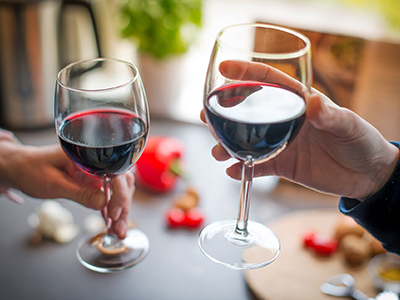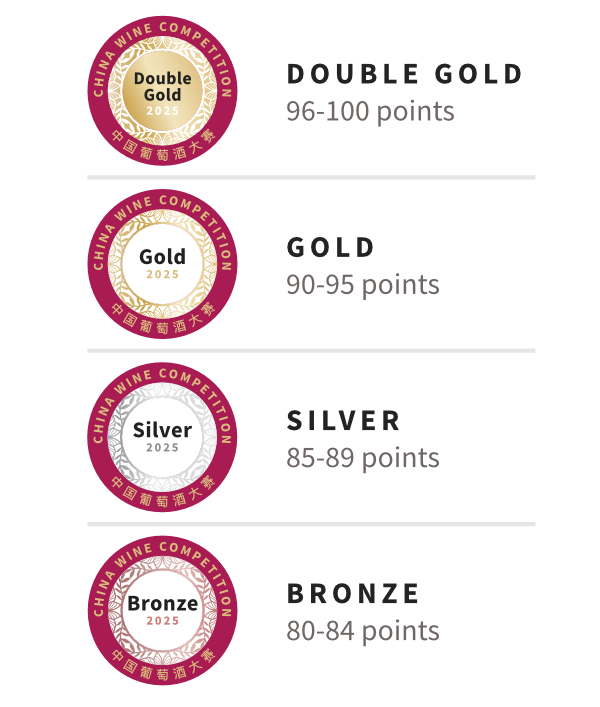November 10 , 2026, Hong Kong

Young Chinese consumers are ready to explore and buy a bottle of wine they have never tasted.
China seems to be omnipresent when it comes to the drinks business these days. Whether it is the uber wealthy collectors who spend fortunes on rare old wines and single malt whisky collections, or hyper modern and château style wineries that with the help of European wine makers produce astonishing qualities. But business aside – what about the 1,4 billion people who simply fancy a drink? What do they actually drink and what does wine culture in China look like? We take a closer look to demystify what lies behind the Great Wall.
Chinese wine making can be traced back as far as 4.000 BC, to the early period of the Neolithic Yangshao Culture. These wines were traditionally based on grains, with only a few being made from fruit. The practice of using grapes to produce wine probably dates back to the Han Dynasty (206-220 BC) or the Three Kingdoms period in the Central Plains (220 BC – 265 AD).
In the old days wine had three main uses: to perform rituals, to dispel ones worries and to heal. And although the quality of wines drunk and also produced in today's China has changed, the reasons remain more or less the same. Wine is a staple in daily life – it is consumed in private surroundings but it is also extremely important in the corporate world.
Now if you think.. well, it is the same all over the world...you might be surprised to learn that Chinese drinking culture is quite different from the drinking culture in western countries.
Drinking in China is still a pervasive social ritual. When you come to this country, for business or pleasure, it is important to know the rules of the local drinking etiquette and to follow them.
Here are some examples how to behave during business lunches or formal banquets:
-
Toasting is a very important ritual and it happens very regularly especially at a formal banquet. The honoured guest returns the toast to the host, the host or the eldest person is expected to make the first toast.
-
When toasting you say “Cheers”, which in Chinese is “Ganbei” and translates as “dry the glass” -no explanation needed that with each toast carried out you must empty your glass.

-
The person of a lower status should have the glass slightly lower than the person of higher status.
-
During business lunches, usually the first toast is done with a glass of Baijiu, one of the most popular drinks in China. That is said to bring luck.
But while still a significant part of the drinking occasions are following traditional context and rules, in recent years, drinking in China has shifted more towards the purpose of experiencing culture, cultivating friendships, relaxing, and having fun - just like every else in the world.
And not only the drinking habits have been changing, but maybe even more so what Chinese are drinking has undergone drastic changes.
It is unsurprisingly the generation of Chinese millennials who is shaking up the drinking culture.
Domestic alcoholic drinks like popular beer brands Tsingtao and Harbin and even the before mentioned sacrosanct Baijiu are seeing a decline in sales and are forced to make space for international wines, spirits and beers.
Young Chinese consumers are interested in novelties, want to explore and are ready to buy a bottle of wine they have never tasted. They educate themselves about brands and foreign wines. And international wine companies have reacted to that very quickly: they pay more attention to Chinese millennials and promote their products according to their habits. As a result sales of imported wines are now nearly six times higher than domestic wines.
Especially imported red wine is in high demand. Studies observing Chinese internet users found out that they have been looking up red wine more and more over the last years - using the main keywords “Bordeaux”, “red wine brand” and “France”.
But how come there is such an affection for French wine in China? And why red?
The most common explanation is that it’s not a question of taste but of face. Bordeaux labels impress - but it’s not only about the status of the host. Ordering an easily recognised wine label shows an acknowledgement of the importance of the relationship with the guest, sending a clear message to the recipient that expresses how important they are.
But why Bordeaux, rather than the more food-friendly Burgundy? Because the Chinese have a strong love of prestigious luxury brands and Bordeaux is the most prestigious accessible wine. It’s much less about food and wine matching than the best they can offer.
And coming back to business lunches we have to factor in that for Chinese there is also an element of masculinity involved in business transactions. And Bordeaux is seen as a masculine drink.
Outside the business world - why do young Chinese associate red wine with joy, luck, happiness and wealth? Because the colour red has a great resonance in Chinese culture. Red is the colour of celebrations such as weddings and New Year's festivities. At a festive dinner table you would try to have red-coloured foods such as lobster and red grouper. So red wine would fit in with that. By contrast white is the colour of funerals in China - traditionally, mourners wear white, while brides wear red.
Recent years also exhibited a growing trend for healthy consumption in China. And here it is where the female Chinese drinkers found their spot. Young women want lower alcohol and healthier drinks. In response some producers came up with healthy alternatives such as ginseng wine - containing ginseng as its raw material. The same trend can be seen in the beer industry. This has led beer companies to reduce the level of alcohol while also trying to develop non-alcoholic beer to meet the needs of mainly female consumers.
And female drinkers are the ones who rule the sparkling wine market – granting Italian sparkling wine the largest share of volume of its kind imported to China.
And who knows what the future will bring. China for a reason is a market most drinks producers are looking at, aware of the huge number of consumers thirsty to explore and indulge.
The 2025 China Competitions results are now live. View 2025 winners.
Key Dates
Super Early Bird Deadline: May 20, 2026
Early Bird Deadline: July 31, 2026
Regular Deadline: October 14, 2026
Warehouse Deadline: October 22, 2026
Judging Date: November 10, 2026
Winners Announcement: November 24, 2026



